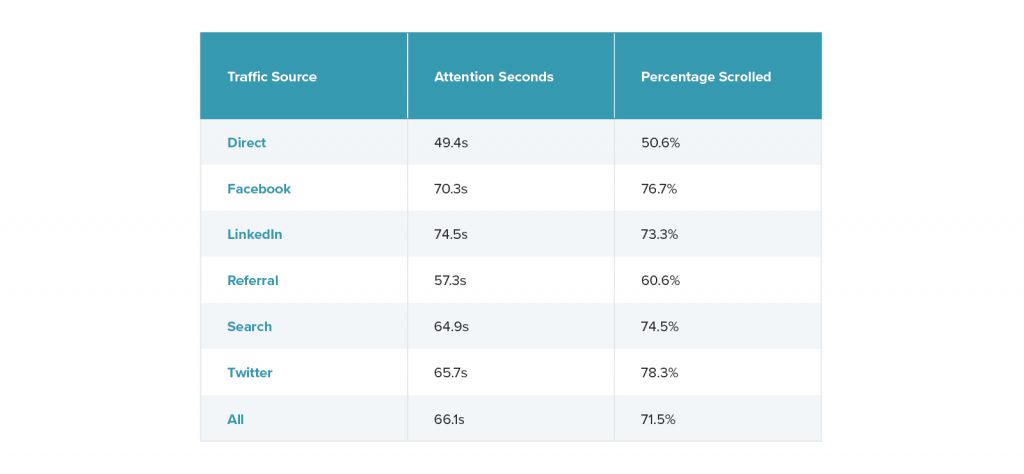
Targeting and Retargeting: How to Use Content to Convert
Nowadays, publishing the perfect piece of content doesn’t guarantee that you’ll capture readers’ attention. With organic reach on the decline, even the most engaging articles may need a little boost to help you connect with as much of your target audience as possible.
From paid social posts to native advertising, there’s no shortage of ways to send your content out into the world. And increasingly, companies such as Facebook and Twitter are making it easier for everyday business owners to access these vast audiences through their user-friendly, self-serve ad platforms.
But massive scale doesn’t equal campaign success. Rather, your focus should be on connecting with the right audience — also known as the people who’ll be interested in and potentially invest in your product. While content is largely thought of as a top-of-funnel activity, it’s the keystone for a whole set of other actions that can drive someone to learn more about and buy your products. Putting those actions in motion all comes down to targeted promotion and a robust retargeting strategy.
In this post, we’re sharing our insider tips on audience targeting (and later, retargeting) to help you reach the right audience and create content campaigns that convert.
How to Find (And Engage) the Right Audiences
Choosing a Platform: Our Data-Driven Recommendation
At Pressboard, we’ve used a number of advertising platforms to promote our clients’ content as well as our own and have accumulated a wealth of data on traffic source performance. While we’ve tried a number of native platforms and direct traffic sources, poor-quality traffic and low average attention time have consistently driven us back to paid social time and time again.
Our data shows that LinkedIn is incomparable for reaching working professionals, with an average active attention time of 74.5 seconds. This highly-engaged audience comes at a high price, however, which may be out of reach for the average marketer.

Achieving an average active attention time of 65.7 seconds, Twitter is great for reaching news seekers with timely and relevant articles, — but not necessarily for the lowest possible cost.
What we’ve concluded is that the most cost-effective way to promote content to an engaged audience is through Facebook News Feed ads, where we see an average attention time of 70.3 seconds. For anyone new to content and digital advertising, Facebook is a great starting point for promoting content because the ad platform is approachable, offers in-depth ad targeting options and doesn’t require a sizable budget. That said, taking the quick-and-easy approach to Facebook advertising can gloss over some key ways to tighten your targeting and boost performance. For optimal campaign creation, here are a few key tips to keep in mind.
Getting Started: To Pixel or Not to Pixel

First thing’s first: when starting a new Facebook advertising campaign, consider using a pixel. The Facebook pixel is a piece of code you install on your website which collects data on users who have visited a web page, and then sends that anonymized data back to Facebook. Using the pixel is not necessary to create a campaign but is strongly recommended because it’s vital for ad delivery optimization, audience building and reporting beyond Facebook. So, in addition to tracking clicks and engagement, Facebook can also report how many users clicked on your ad, left Facebook and successfully arrived at your website, which Facebook calls a Landing Page View.
The reason we start by discussing the Facebook pixel is that if you choose to use it, this decision is best made before your ad campaign goes live. This allows you time to troubleshoot if necessary, and ensures you’re collecting data right from the start. Most importantly: no pixel, no data. The pixel can only collect data from the time that it’s installed on your site and functioning properly; it doesn’t work retroactively.
Ready to start planning your campaigns? If you want to keep learning about best practices for targeting your audience, how to write ad copy that converts, and what it takes to implement a retargeting campaign, then download our free comprehensive guide here.
Get your Content Marketing Fix
Sign up to receive tips on storytelling and much more.
We promise to respect your inbox.

